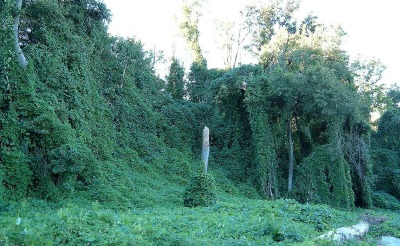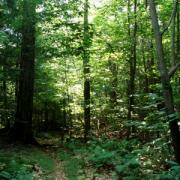
A primary goal of a forest owner is to have a healthy forest. To most forest owners, a healthy forest means healthy, living trees. Indeed, inspecting your trees regularly is important. However, to maintain a healthy, thriving forest, you must take other steps as well. Monitoring for forest health involves not only examining your trees for symptoms and signs of health issues but also tracking more general conditions of your forest, identifying invasive species, and implementing integrated pest management.
Healthy forests are not just about healthy trees but also wildlife and the diversity of nature in your forest. To provide a beneficial ecosystem for wildlife and ensure biodiversity in your forest, it is important to monitor for invasive species, such as nonnative weeds. If you discover unfamiliar plants on your property, take action to identify them (see Invasive Species Articles). Also, you can take a sample of a plant to your local Cooperative Extension System office for help in identifying it. If the plant you identify is an invasive weed, you will be able to recognize it wherever it grows on your property and remove it to improve your forest’s health. If it is a native plant, you will have enriched your understanding of your forest.
Find useful tools and additional information about invasive species at Invasive Species – eXtension, the Kid’s Page – eXtension and from Bugwood.
Monitoring for invasive species is a critical part of growing a healthy forest. Moreover, doing so offers opportunities to learn more about how your forest works, helping you manage more successfully toward your goals.

The following articles provide more information about monitoring your forest to keep it healthy:
- Monitoring Forest Trees for Symptoms and Signs of Potential Problems
- Why use Integrated Pest Management? – eXtension
- Outreach and Education Materials – Invasive species
Contributors
Chris Schnepf, University of Idaho and Sarah Workman, USFS Eastern Forest Threat Assessment Center
